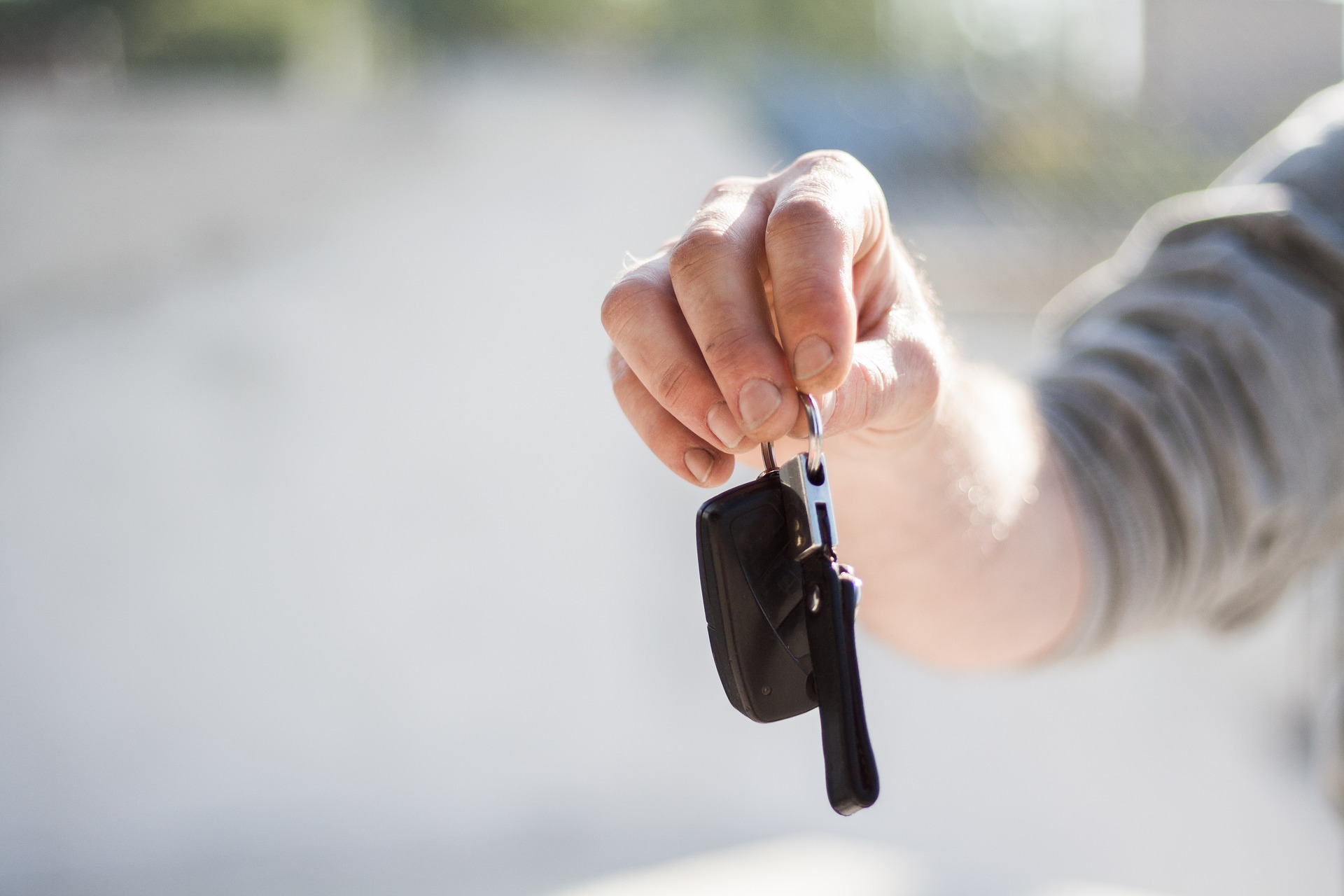If you own or operate recreational watercraft in Canada, you are subject to various federal and provincial rules and regulations. All pleasurecraft used for recreational purposes are governed by these regulations. The following is a summary of some of the requirements which you should know.
Refer to the most recent version of the Safe Boating Guide published by Fisheries
and Oceans Canada for more detailed information.
Pleasurecraft Facts
VERS. 04/2009
SAFE BOATING REGULATIONS
If you participate in any of the following activities, safe boating regulations apply to you:
• operating any powerboat;
• operating a personal watercraft (PWC);
• canoeing, kayaking or participating in any other paddling sport;
• sailing or sailboarding;
• towing a waterskier, wake boarder, or parasailor;
• operating airboats;
• racing in an on-water official regatta or competition;
• operating a small hovercraft (air cushion vehicle) used for pleasure
LICENSE AND REGISTRATION
All recreational vessels under 15 gross tons and powered by an engine(s) 10 horsepower (7.5 kw) or more must be licensed or registered, regardless of where they operate in Canada. The license number must be displayed on both sides of the bow, above the waterline.
Vessels of 15 gross tons or more must be registered and identified with a name.
CANADIAN COMPLIANCE PLATES
A “Capacity” plate must be carried on all new pleasure boats up to 6 metres in length and capable of being fitted with engine(s) of 10 H.P. (7.5 kw) or more.
A “Conformity” plate or decal must be displayed on all other motorized pleasure craft.
A “Single Vessel” plate is issued to homebuilt boats. If you buy, import or build a boat, you are responsible for ensuring it has the appropriate compliance plates issued
by the Canadian government.
OPERATION IN CANADIAN WATERS
Provisions for the careful operation, safe speed, right-of-way and maintaining constant look out are established by various acts, regulations and codes.
These apply to every vessel in all navigable waters—from canoes to super tankers. As an operator and/or owner you are expected to know these rules. Contravention of any
provision is an offence subject to penalties or fines. On waters within Ontario boundaries, a shore line speed restriction applies of 10 km/h within 30 meters from shore.
Exceptions to this shore line limit include—water skiing, where the vessel follows a trajectory perpendicular to the shore; or—in rivers of less than 100 m in width or,
canals or buoyed channels, or—in waters where another speed is prescribed.
OPERATOR REQUIREMENTS
All operators of motorized pleasure craft born after April 1, 1983 must have Proof of Competency on board at all times.
Operators of Personal Watercraft (PWC) or pleasure craft under four meters long are required to carry Proof of Competency.
By September 2009 operators of all motorized pleasure craft used for recreational purposes will be required to carry Proof of Competency. Persons under 16 years of age are not allowed to operate a Personal Watercraft (PWC). Persons under 12 years of age (when not accompanied by someone 16 years or older) may only operate a vessel of not more than 10 hp (7.5 kw). Persons between 12 and 16 years of age (when not accompanied by someone 16 years or older) may only operate a vessel of not more than 40 hp (30 kw).
Operating a vessel anywhere in Canada while impaired under the influence of alcohol, is a criminal offence.
EQUIPMENT REQUIREMENTS
The Small Vessel Regulations set out the minimum safety equipment required on board a recreational boat. Minimum requirements for personal protection, boat safety,
distress and navigation equipment are based on vessel length and type. The regulations do not apply to beach and pool toys under 2 m in length.
One regulation common to all vessels is that of the personal floatation device (PFD) or life jacket. The law requires one Canadian-approved PFD of appropriate size be provided for each person on board a vessel. Life saving cushions are no longer approved as personal floatation devices.
INSURANCE FOR WATERCRAFT
Personal Liability policies may exclude claims made against you arising from the ownership, use or operation of watercraft, unless coverage has been purchased specifically. Some policies may automatically include coverage but may restrict coverage to operation of watercraft up to a determined size and horsepower.
Check with your broker or agent to make sure you have adequate protection.

West Wawanosh Mutual Insurance Company
A Proud Member of Ontario Mutuals.
Check with your agent or broker to ensure you have adequate protection.







